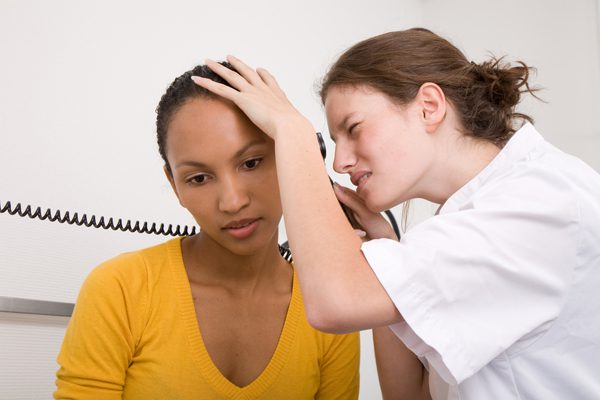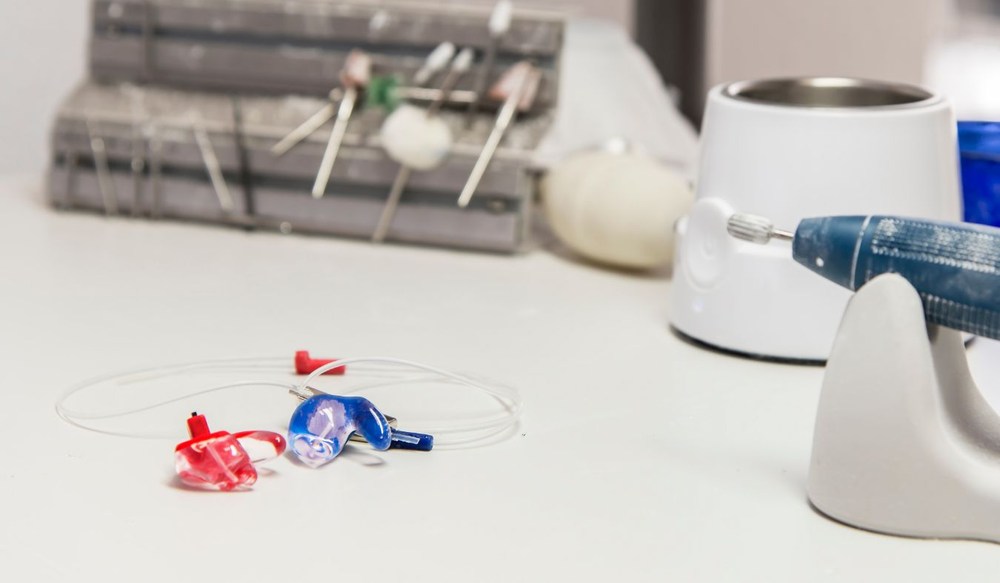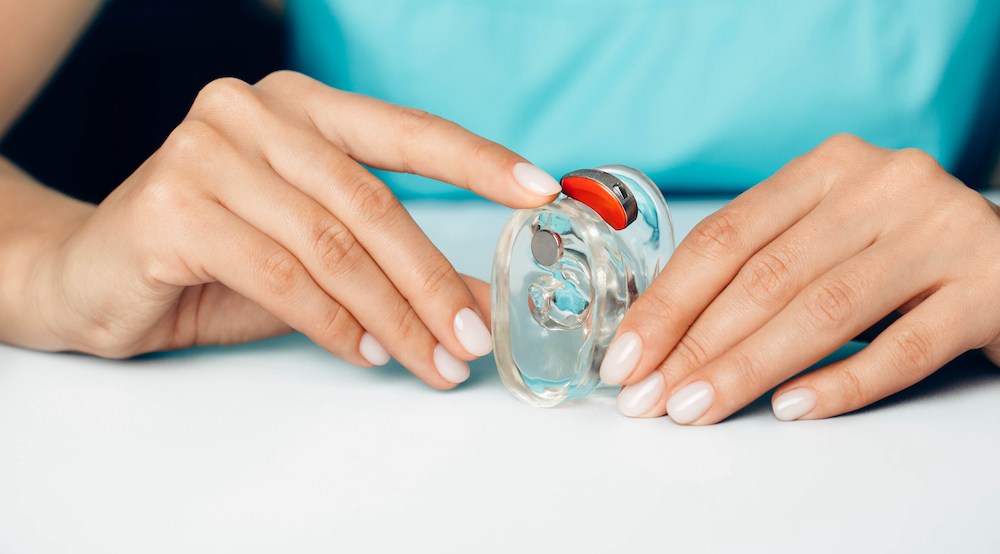Protecting Your Hearing During Summer Sports
Summer brings a lot more noise into your life than you might realize.
Walk In Cleaning Clinic: Come in on Mondays, Wednesdays, Thursdays, or Fridays anytime between 1 – 2pm for our walk in cleaning clinic!

Believe it or not, there are a lot of misconceptions about hearing loss and hearing aids. These continue to be shared and can dramatically affect how people seek care for their heating. In some cases, it can even prevent them from contacting a hearing instrument specialist (HIS) to get hearing aids.
This kind of misinformation can create a lot of issues when it comes to getting the help you need. At Better Hearing of Madison County, we make it our priority to debunk myths and incorrect facts about hearing loss and hearing aids.
This fact is a generalization from an actual truth. Indeed, degenerative hearing loss is more frequent in old age after a lifetime exposure to loud noises and other stress factors for your inner ear. Additionally, lack of proper hearing health care and hearing protection can gradually affect your hearing health. Combined with natural age-related degeneration, it is understandable that hearing loss would be associated with people over 60.
However, hearing loss is linked to inner ear damage. Damage can occur at any time in your life. It is worth remembering that 40% of Americans living with hearing loss are under 60 years old, according to the AARP.
Many Americans believe they must wait until their hearing loss has worsened significantly to wear hearing aids. In reality, hearing aids are designed to cater to a vast range of hearing loss, and specific hearing devices are best suited to specific levels of loss.
Additionally, it is worth noting that hearing loss is not a static condition. More often than not, hearing loss is a progressive condition that slowly worsens. Even mild hearing loss can have consequences on your day-to-day comfort and lifestyle. Bear in mind that the parts of your brain responsible for interpreting sounds are at risk of atrophy if you leave your hearing health untreated. Therefore, the sooner you reach out to a HIS for correction, the sooner you can return to your normal life. There is no waiting for hearing loss to disappear. Without treatment, it will only progress further.
This fact used to be correct at the time hearing aids were first invented and remained accurate for many, many years. If you have memories of an elderly relative wearing hearing aids while you were a child, you probably have in mind instruments that were bulky, highly noticeable, and prone to beeping sounds.
But things have changed a lot since then. Technology advances have enabled the development of hearing aid solutions suitable for all ages, lifestyles, and hearing needs. In fact, you can even manage the level of correction you require from your hearing devices directly via an app in some cases. Most hearing aids also have Bluetooth connectivity, meaning radio, TV, or phone call sounds can be instantly transmitted to the hearing device for added convenience and comfort.
When it comes to size, hearing aids come in three main styles, with further subcategories in each:
There is more to hearing loss than just hearing. Your hearing health is instrumental to major aspects of your overall health.
First of all, hearing loss can be directly linked to psychological distress. Most people experiencing untreated hearing loss can develop feelings of shame and awkwardness in social situations. Many choose to self-isolate to avoid being uncomfortable. Unfortunately, social exclusion can contribute to developing depression. It’s even been identified as contributing to schizophrenia in young adults.
Finally, hearing plays a big role in maintaining balance and coordination. Being able to hear your surroundings means you are more stable on your feet. So, people with hearing loss are more likely to avoid physical activities and stay reclusive at home. This can affect your balance further, as lack of physical activities puts you at risk of muscle loss.
Typically hearing loss is caused by permanent and irreversible damage to the inner ear. In other words, not wearing hearing aids doesn’t encourage healing. On the contrary, not wearing hearing aids contributes to greater strain and other health conditions, as seen above. In fact, that’s precisely why you want to see a HIS to ensure you get hearing aids professionally fitted as soon as you need them.
We hope this can give you a better understanding of your hearing health. Our Better Hearing of Madison County team is only one call away, (315) 693-3637, to help you with hearing loss.

Summer brings a lot more noise into your life than you might realize.

When you’re choosing hearing aids, you want devices that help you

Your hearing aids are more than just devices – they’re your